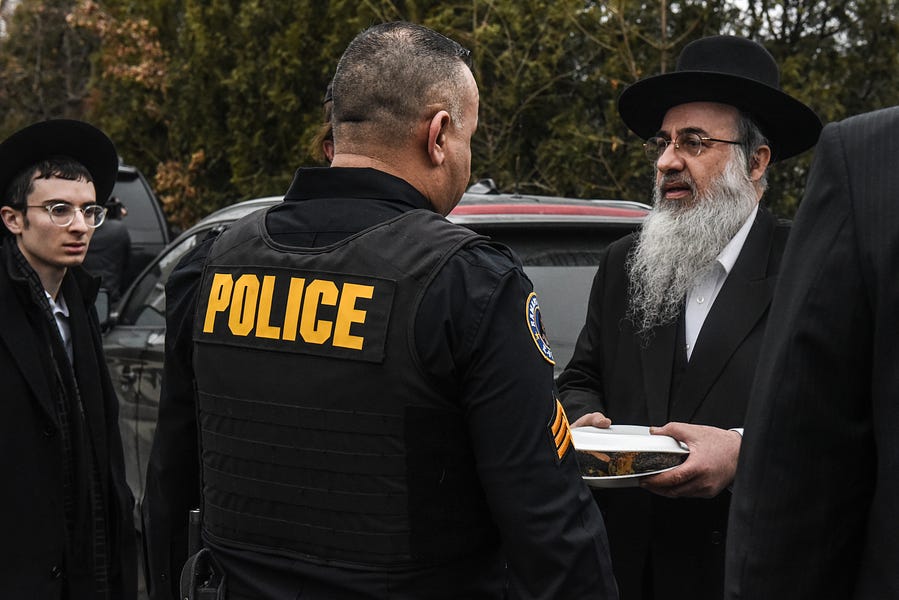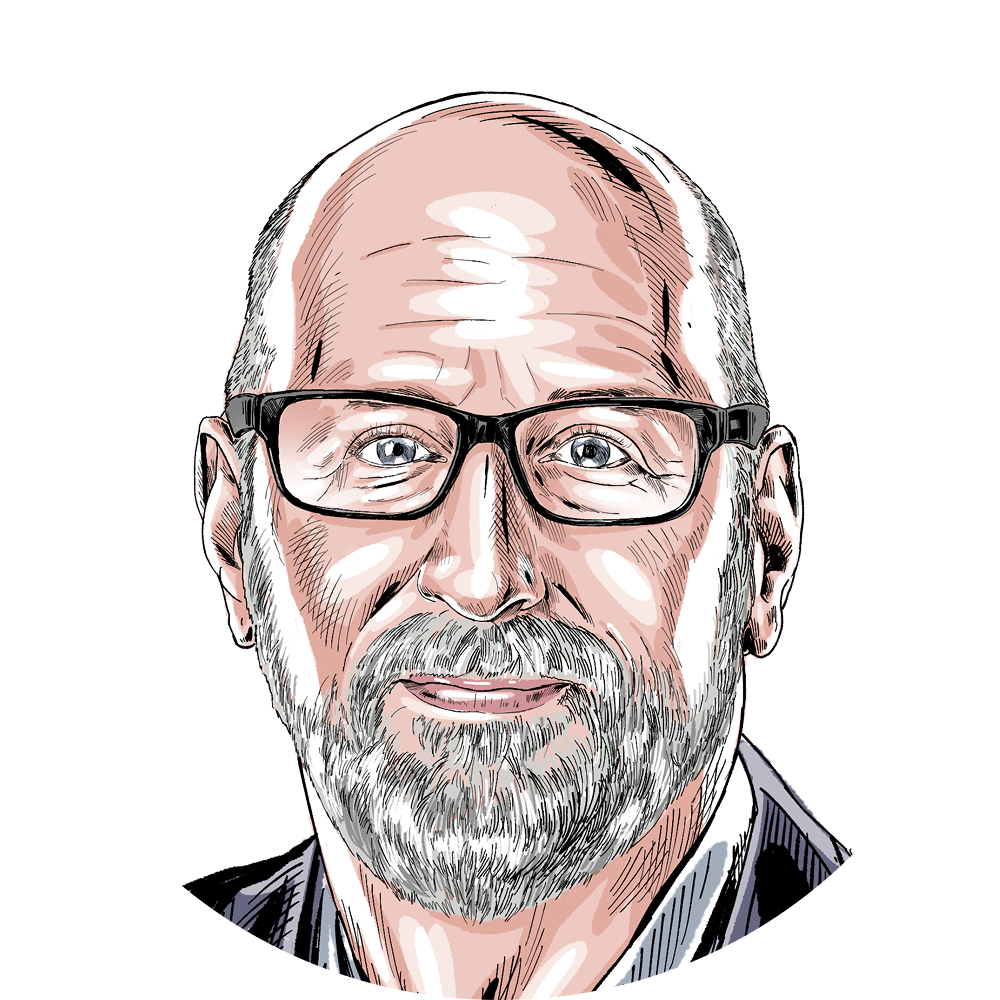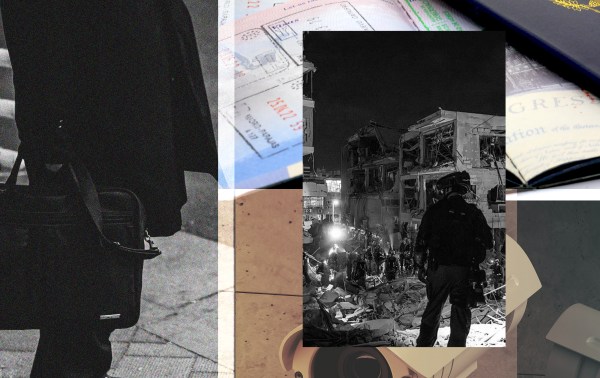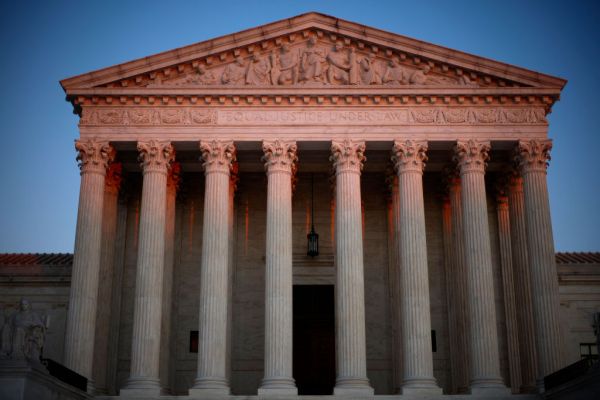A terrible year of anti-Semitism—especially in New York—culminated in a brutal stabbing attack in a rabbi’s home over the weekend. Then, Sunday morning, a gunman walked into a church in Texas and opened fire. Today’s French Press is dedicated to these dreadful events:
-
Can we speak the truth about anti-Semitism in the United States?
-
A heroic act dispels myths about American gun culture.
When resentments and conspiracies fester, Jews suffer and die.
Last night, I came across a video on Twitter that stopped me in my tracks. It contains a montage of surveillance camera footage of attacks on orthodox Jews in New York. The attacks are unprovoked, shocking, and brutal. You can see it here:
As you watch it, you’ll find yourself in a state of disbelief. This happened in America? In New York? In a nation and state that has traditionally served as a place of relative refuge and peace for the Jewish people? You might also ask yourself a different question.
Why haven’t I heard more about this?
You’ll notice most of the attacks don’t appear to be the acts of white supremacists. Black assailants are often assaulting Jewish citizens, black assailants gunned down Jews in a Jersey City kosher market, and a black assailant entered a rabbi’s home Saturday night and tried to hack to death every person in arm’s reach.
We live in the age of narrative. We have fashioned a story for our times, and we’re used to taking the news of the day, locking it into the narrative, and then using that story and that narrative as ammunition in an ever-escalating war of words and ideas with our ideological foes. On the left, the narrative is clear. Trump’s election was empowered by (and empowered) white supremacy and white identity politics. The rise of the alt-right, Charlottesville, deadly synagogue attacks in the California and Pennsylvania—all of these things are as predictable as night following day.
There is much truth to this narrative. The emergence of the alt-right was shocking. The alt-right wrapped its arms around Trump, and key Trump allies—like Steve Bannon—wrapped their arms around it (never forget that Bannon wanted to transform Breitbart into the “platform” for the alt-right). Internet “trolling” has morphed into outright terrorism. Online radicals have become real-world murderers, and they’ve killed Jews in synagogues, Hispanics in a Texas Walmart, and African-Americans on the street, at bus stops, and in church.
Alas, there’s been a temptation on the right to look away—to declare the threat of white supremacy a “hoax” and to react with outrage and indignation at the very suggestion that there’s something about Trump that is uniquely encouraging and empowering to white racists. It’s just a “few extremists.” How dare you draw larger conclusions. There are always crazy and evil people in this world.
But that’s not the only narrative in this nation. And it’s the responsibility of the media not to simply find one story, lock onto it, and pursue it relentlessly. It’s the responsibility of the media—as much as it can—to find all the important stories and to pursue each of them. When it comes to the wave of assaults against Orthodox Jews in New York, the mainstream media has failed. It has failed to cover the assaults with sufficient prominence and diligence, and it has failed to fully explore the implications of the attacks. And the media has failed even though the attacks are occurring in the media capital of the world.
Why? The easy answer again involves narrative. The wave of attacks don’t fit the story of our time. They appear to have little or nothing to do with Trump and nothing to do with white supremacy. They’re directed at an Orthodox community that’s culturally distinct and distant from the community of reporters and pundits. Many of the attackers come from a community that has long suffered from an immense amount of injustice and oppression.
So all too many mainstream and progressive reporters don’t know what to do with the story, and they fret that even reporting the facts of the attacks (and the identity of many of the attackers) could feed racist hostility from the extreme right. So the story isn’t really told, or authors explain it away with caveats. The dots aren’t connected. And Jews continue to bleed in the streets—without sufficient American alarm and without a sufficient American response.
We just can’t look away any longer. We must understand that anti-Semitism is one of the world’s most ancient and persistent hatreds. We must understand that it exists on the extreme right and the extreme left. But we must go deeper. We should also understand that when the politics of the age becomes a politics of resentment, especially a conspiratorial politics of resentment—the story of what “they” did to “us”—then history teaches us that radicals disproportionately identify “they” as Jews.
You see this in the racist “great replacement” theory on the right, that often posits a world where powerful Jews are facilitating mass migration from nonwhite nations to demographically supplant the white majorities in the United States and Europe. You see this in rants like the deranged bigotry of member of the Jersey City board of education who defended anti-Semitic murderers by not only accusing Jews of economic exploitation, but also by spinning out wild conspiracy theories—including accusing rabbis of selling body parts.
Moreover, when leaders on the left and the right minimize or ignore anti-Semitism (and other hatreds) when they don’t fit the preferred narrative, they pour gasoline on the fire of us vs. them. If you consume mainly progressive media, the chances are excellent that you’re hardly aware of the surge of anti-Semitism on American campuses or (until this week) the wave of anti-Semitic attacks in New York.
If you consume mainly right-wing media, you’re always aware of media double standards, but there’s also a good chance that you’ve been convinced by the Tucker Carlson position, that it’s simply a “hoax” that white supremacy represents a significant factor in American life, even as the white-supremacist terrorist body count rises, alt-right allies have occupied the halls of power, and online (and real-world) harassment persists.
The American culture of resentment isn’t just polarizing our nation, it’s killing and wounding Americans. It’s disproportionately (though far from exclusively) killing and wounding American Jews. We cannot continue on our present course and realistically hope for meaningful change.
Texas heroes show an important truth about American gun culture.
By now most readers will have seen all or part of the haunting video from West Freeway Church of Christ in White Settlement, Texas. Since it involves multiple fatalities and deeply disturbing shouts of fear and anguish, I won’t link it here, but I want to discuss an aspect of the video that I don’t think has been adequately addressed in the online arguments about gun rights, self-defense, and concealed-carry.
Simply put, in one video, I saw a textbook representation of the best of law-abiding American gun culture.
I emphasize culture because in the actions of the men of the church security detail, I saw elements of each of three virtues that are relentlessly taught by the men and women who teach law-abiding citizens about the principles of armed self-defense. Contrary to the fears of many suspicious progressives, American gun culture is not about building a nation of rootin’ tootin’ Yosemite Sams but rather about cultivating courage, accuracy, and restraint.
As my former National Review colleague Charlie Cooke has repeatedly noted on Twitter, the best available data indicates that concealed-carry permit holders are more law-abiding than the police. But in my experience, the culture of American armed self-defense goes well beyond simply complying with the law—it’s designed to teach a particular way of life.
Be aware of your surroundings. Know your weapon. Be accurate with your weapon. Cultivate the courage necessary to step up if the worst happens but also the restraint that comes with understanding that when you hold a gun, you possess the power of life and death.
Now, think about the sequence of events in Texas. Jack Wilson is receiving an immense amount of justified praise for taking down an active shooter with a single shot, but he was far from the only courageous armed man in that church. The shooter’s first victim had the courage to confront him and seek to defend the church with his own weapon. When shots were fired, multiple other men had the courage to draw their own weapons and stand up to confront the threat—rather than flee for the exit.
Every armed man exercised the restraint necessary to be sure of his target before he pulled the trigger. Wilson himself didn’t fire indiscriminately. In an interview, he noted that he paused for a beat to make sure that he had a clear shot. He was not going to simply open fire. He wasn’t going to risk killing one of the men or women he was there to protect.
He then fired once, expertly, and no other shots were fired. In spite of the fear and confusion, with multiple armed men in the room—everyone else rightly held their fire.
No, this does not mean that every act of armed self-defense will be (or has been) as precise and disciplined. Wilson was so well-trained in the use of his weapon that the biblical phrase “for such a time as this” comes to mind to describe his presence at that time and at that place. The incident does show, however, what armed self-defense can be. It shows what it should be. It shows Americans exactly what America’s serious gun culture teaches gun owners and teaches those who volunteer to serve as civilian security to protect their friends and neighbors.
It should also serve as an admonition to gun owners who’ve allowed their skills to lapse. If you’re going to carry a gun, it is your solemn responsibility to be an expert in its use. Go to a range regularly. Seek additional training. When my family faced escalating threats from the alt-right during the 2016 election, my wife didn’t simply purchase a gun and obtain a concealed-carry permit, she sought comprehensive training. She went to class after class, and now she carries with confidence.
The concept of “ordered liberty” that’s at the heart of our constitutional republic means that rights carry responsibilities. It is the responsibility of the government to protect our liberty. It is the responsibility of the citizen to exercise his or her rights responsibly and virtuously. Sunday morning in Texas, a small band of brave men showed us exactly what ordered liberty looks like. They represented the best of American gun culture.
One last thing …
This has been a grim newsletter, so let’s end with a note of exuberance. If you weren’t watching the LSU/Oklahoma playoff game, you missed a quarterback performance for the ages. With all due apology to distraught Oklahoma fans, I’d urge you to read this, from The Ringer, and relive the mastery:
Photograph of a police officer stand guard in front of the house of Rabbi Chaim Rottenberg on December 29, 2019 in Monsey, New York, by Stephanie Keith/Getty Images.







Please note that we at The Dispatch hold ourselves, our work, and our commenters to a higher standard than other places on the internet. We welcome comments that foster genuine debate or discussion—including comments critical of us or our work—but responses that include ad hominem attacks on fellow Dispatch members or are intended to stoke fear and anger may be moderated.
With your membership, you only have the ability to comment on The Morning Dispatch articles. Consider upgrading to join the conversation everywhere.